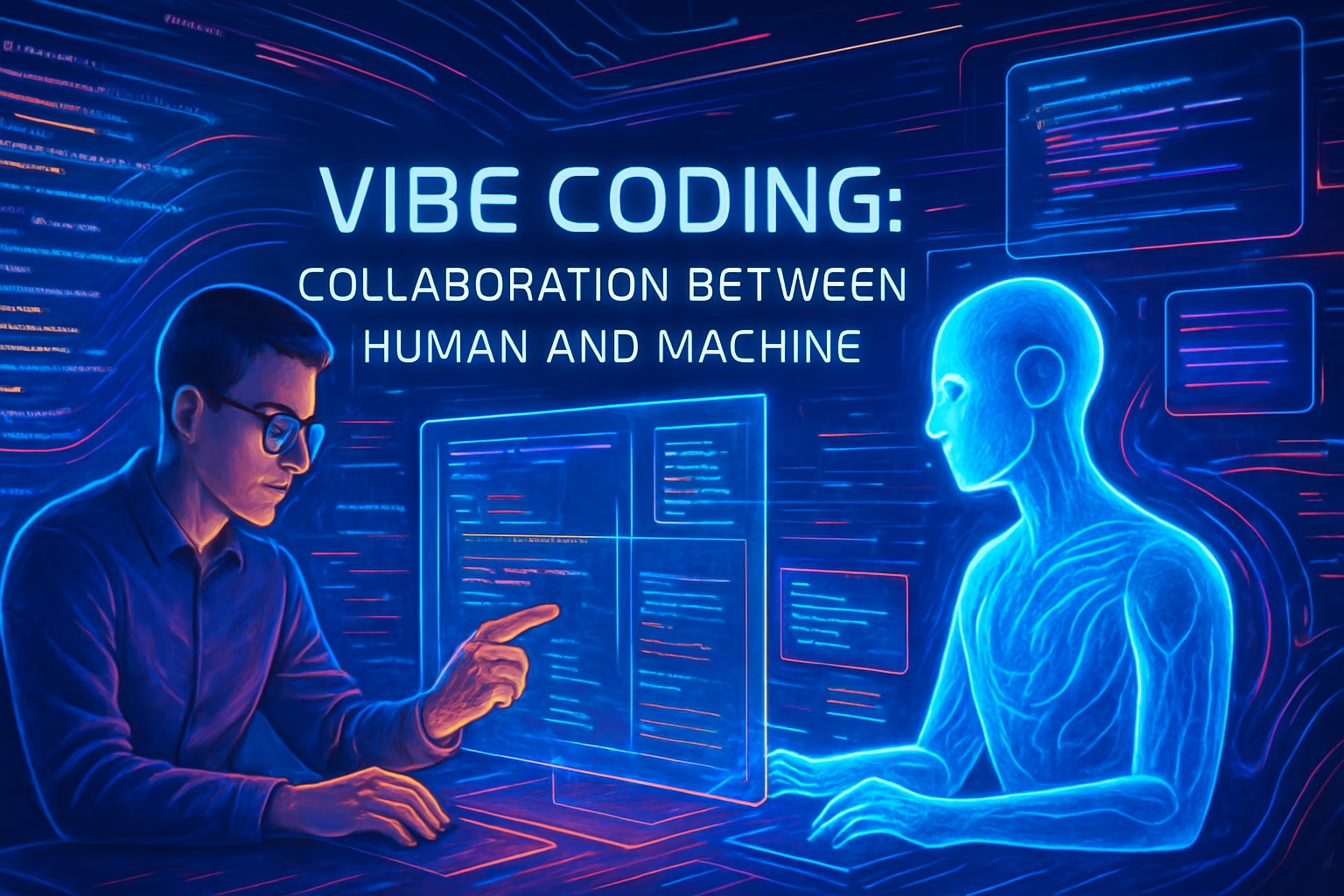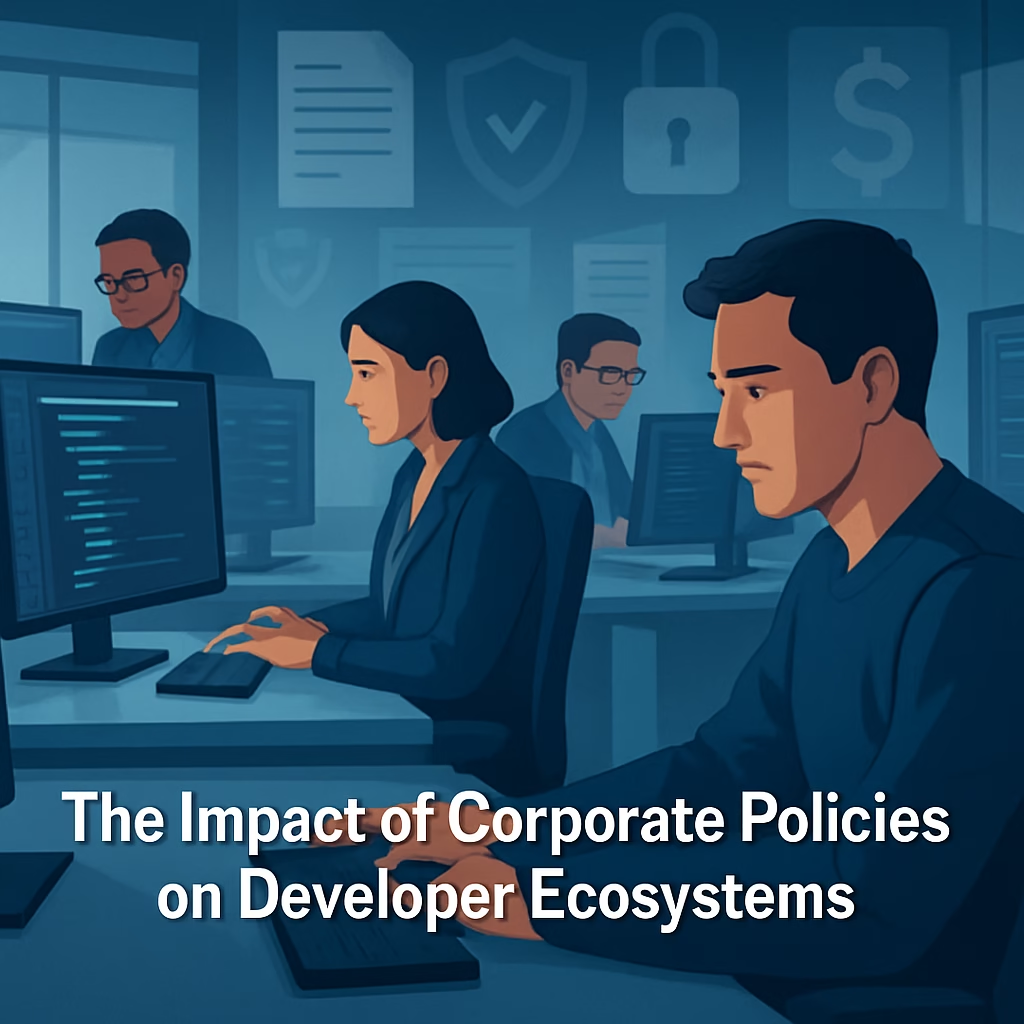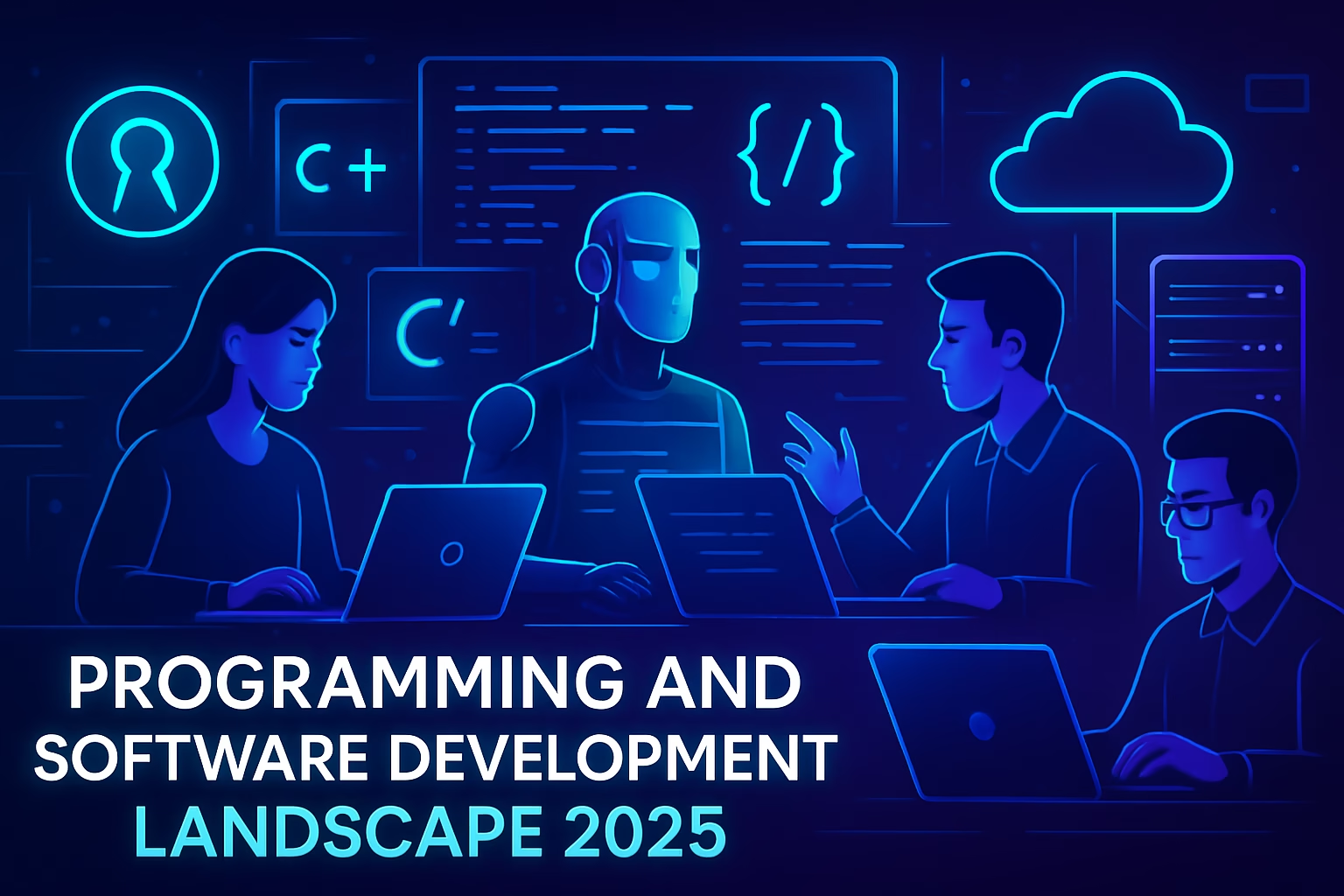The landscape of programming and software development in 2025 is marked by rapid technological innovation, heated debates about automation, and shifting dynamics around open source, developer ecosystems, and the role of artificial intelligence. While AI-powered tools are transforming workflows, industry leaders and veteran developers caution against the myth that machines can simply replace human programmers—especially those at the start of their careers.
The False Promise of Replacing Junior Software Developers with AI
Recent remarks from AWS , a major cloud provider’s CEO Matt Garman, have reignited discussion around the future of entry-level developers. He called the idea of “replacing junior software developers with AI the dumbest thing he’s ever heard,” emphasizing that foundational coding skills, critical thinking, and the human ability to handle ambiguity are irreplaceable—even as AI advances. This sentiment reflects a growing consensus: AI can accelerate development, but it cannot supplant the adaptability and learning capacity of early-career engineers.
Key reasons human developers remain essential:
– Contextual Understanding: Junior developers learn not just syntax, but problem-solving and architectural thinking, which AI cannot fully replicate.
– Team Growth: Entry-level roles drive mentorship, innovation, and a healthy engineering culture.
– Long-Term Risk: Relying solely on AI for simple tasks can erode the talent pipeline and undermine future innovation.
Industry data reinforces this perspective. Surveys show that while AI tools like Copilot and ChatGPT boost productivity, they often produce code with errors, security flaws, or subtle misunderstandings that require human oversight and correction. The most successful teams use AI as a partner, not a replacement.
Vibe Coding: Collaboration Between Human and Machine

Vibe coding has been in trend recently and to test that a 40-year programming veteran Matt Welsh, a former Google engineer and computer science professor with decades of experience recently documented his experience with “vibe coding”—building an entire Python project through conversation with AI assistants, rather than directly writing code. This experiment highlighted both the strengths and the limits of today’s AI-powered workflows:
- Strengths: AI can quickly generate boilerplate, suggest solutions, and handle routine tasks, allowing developers to focus on higher-level design.
- Pitfalls: Ambiguity in requirements, subtle bugs, and the need for domain context remain challenging. The process often moves uncertainty from the human’s mind into the human-AI interaction, requiring new forms of collaboration and review.
Further he noted that “vibe coding” demands a different skill set: articulating requirements clearly, evaluating AI-generated code, and iteratively refining solutions. All these reinforces the idea that software developers won’t get replaced by AI , just the way they work will get changed.
Corporate Policy Changes: Proof That Human Judgment Cannot Be Automated

The recent wave of platform policy changes and developer verification requirements offers compelling evidence that AI cannot replace human developers—in fact, these changes are creating entirely new categories of work that only humans can perform.
Why Policy Complexity Demands Human Intelligence:
- Ambiguity Resolution: When Apple changes App Store guidelines or Google modifies Play Store policies, developers must interpret vague language, understand implied meanings, and predict enforcement patterns. This type of contextual reasoning—reading between the lines of corporate communications—is precisely what separates human intelligence from AI pattern matching.
- Strategic Adaptation: Successful developers don’t just comply with new policies; they anticipate future changes, build flexible architectures, and maintain relationships with platform representatives. This forward-thinking adaptability represents a fundamental human cognitive advantage that no current AI possesses.
- Community Leadership: The organized developer responses to policy changes—petitions, collective bargaining, industry advocacy—demonstrate uniquely human capabilities: building coalitions, negotiating compromises, and driving systemic change through social and political action.
The Paradox of Increased Gatekeeping: Rather than eliminating developer jobs, stricter platform policies are actually multiplying the types of human expertise required. Today’s development teams need compliance specialists, platform relationship managers, and policy interpretation experts—roles that didn’t exist five years ago and that AI cannot fill.
This trend reveals a crucial truth: as technology systems become more complex and regulated, they require more human intelligence to navigate, not less.
TRENDING
The AI Project Failure Rate: A Case Study in Why Humans Remain Essential
The finding that “most AI projects are doomed” isn’t just a statistic—it’s a blueprint for understanding why skilled human developers are becoming more valuable, not less relevant, in an AI-driven world.
Dissecting the Failure Patterns:
The three primary causes of AI project failure directly map to irreplaceable human capabilities:
1)Poorly Defined Problems → Human Domain Expertise
- AI cannot ask the right questions or challenge flawed assumptions
- Human developers translate messy business requirements into technical specifications
- Only humans can recognize when a problem doesn’t actually need an AI solution
2) Insufficient Data Infrastructure → Human Curation and Quality Control
- AI cannot identify biased, incomplete, or contextually inappropriate training data
- Human developers understand data provenance, edge cases, and real-world constraints
- Data quality issues require human judgment about accuracy, relevance, and ethical implications
3) Over-Automation Without Oversight → Human Strategic Thinking
- AI cannot evaluate its own limitations or recognize when it’s failing
- Human developers provide the critical thinking needed to debug complex AI behaviors
- Only humans can balance automation benefits against organizational risks
The Success Pattern: Projects that succeed combine AI capabilities with intensive human oversight. This isn’t AI replacing developers—it’s AI amplifying the impact of skilled human developers who understand both technical possibilities and business realities.
The Market Reality: As AI adoption accelerates, demand for developers who can successfully implement and manage AI systems is actually increasing exponentially. These aren’t just “AI engineers”—they’re full-stack developers with domain expertise, strategic thinking, and the experience to avoid the pitfalls that doom most AI projects.
The Evolution of Developer Roles: The Conclusion:
As AI handles more routine coding tasks, developers are evolving into technology architects and strategic decision-makers. This isn’t a consolation prize—it’s an elevation of the profession. The developers who thrive in 2025 aren’t just writing code; they’re designing the technological foundations that will support the next decade of innovation.
Bottom Line: Infrastructure complexity isn’t decreasing as AI advances—it’s increasing exponentially. And complex systems require human intelligence to design, implement, and maintain. The more powerful our AI tools become, the more valuable the humans who can wield them strategically become.
Discover more from WireUnwired Research
Subscribe to get the latest posts sent to your email.




